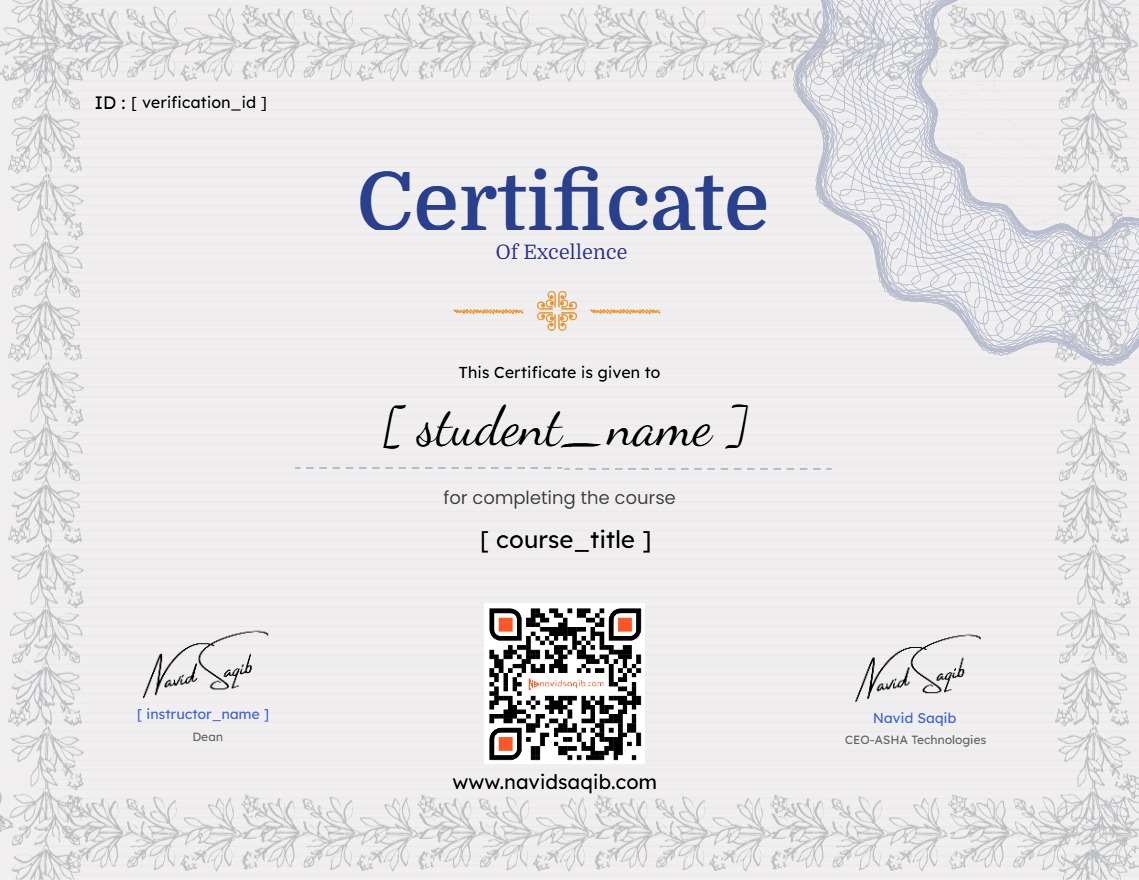Computer Science 2210-P1 :Full Course
About Course
Cambridge O Level Computer Science 2210 – Paper 1: Theory
The University of Cambridge O Level Computer Science 2210 Paper 1, focused on Computer Science Theory, is a core component of the course, assessing students’ understanding of fundamental computing principles. The exam lasts 1 hour and 45 minutes and carries a total of 75 marks, evaluating students’ theoretical knowledge and problem-solving skills in various computer science domains.
This compulsory paper includes short-answer and structured questions, which are derived from Section 1 of the syllabus content. The questions are designed to test students’ comprehension of theoretical concepts, problem analysis, and application of knowledge to real-world computing scenarios.
A key objective of Paper 1 is to assess students’ grasp of computer systems, networks, data representation, hardware and software, security, and ethical issues. It also evaluates their ability to interpret logic circuits, understand database management, and apply fundamental computing principles effectively.
Key Aspects of Paper 1:
- The questions do not require students to write code but focus on theoretical and conceptual understanding.
- Students must be familiar with computing terminology, fundamental hardware components, and software types.
- The paper includes questions that assess problem-solving techniques, such as tracing algorithms, understanding binary calculations, and analyzing system architectures.
- Unlike Paper 2, which emphasizes practical programming, Paper 1 focuses on the underlying principles of computation and system design.
Topics Covered in Paper 1:
-
Fundamentals of Computer Systems
- Hardware and Software
- Input, Output, and Storage Devices
- The Central Processing Unit (CPU)
- Memory and Storage (Primary vs. Secondary Storage)
- System Software and Application Software
-
Data Representation
- Binary, Denary, and Hexadecimal Number Systems
- Binary Addition and Overflow
- Data Storage and Units (Bits, Bytes, Kilobytes, etc.)
- ASCII and Unicode Character Encoding
-
Computer Networks and Communication
- Types of Networks (LAN, WAN, WLAN)
- Network Hardware (Routers, Switches, Modems)
- Internet and Web Technologies
- Data Transmission (Serial vs. Parallel, Error Detection)
-
Database and Data Management
- Relational Databases and Tables
- Primary and Foreign Keys
- SQL Queries and Database Management Systems (DBMS)
-
Logic Gates and Boolean Algebra
- AND, OR, NOT, NAND, NOR, XOR Gates
- Logic Circuit Design and Truth Tables
-
Security and Ethics in Computing
- Cybersecurity Threats (Phishing, Hacking, Malware)
- Methods of Protection (Encryption, Firewalls, Authentication)
- Ethical Issues in Computing
Course Content
Introduction to Syllabus
Chapter 1: Data Representation
Chap1 : Practice Questions
Chapter 2 : Data Transmission
Chap 2 : Practice Questions
Chapter 3 : Hardware
Chap 3 : Practice Questions
Chapter 4 : Software
Chap 4 : Practice Questions
Chapter 5 : The internet and Its Uses
Chap 5 : Practice Questions
Chapter 6 : Automated and Emerging Technologies
Chap 6 : Peractice Questions
Earn a certificate of your skill
Add this certificate to your resume to demonstrate your skills & increase your chances of getting noticed.

Student Ratings & Reviews


